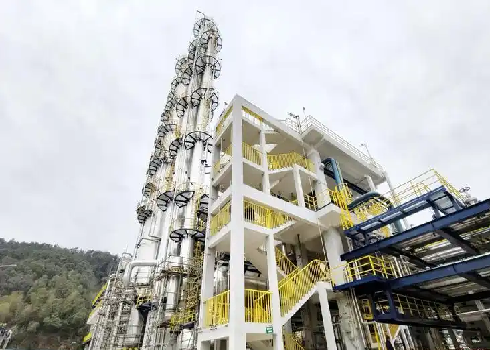
Understanding Propylene Oxide (PO) is crucial in various industries. This article delves into its versatile applications, production processes, and environmental considerations. Explore the world of PO and gain insights into its relevance and impact.
Propylene Oxide finds extensive use in various industries due to its versatility. It serves as a key building block in the synthesis of polyurethane foams and resins, widely used in furniture, insulation, and automotive applications. Additionally, PO is utilized in the production of propylene glycols and glycol ethers, essential components in solvents, cosmetics, and pharmaceuticals.
The production of PO involves intricate processes that vary depending on the chosen method. The chlorohydrin process, styrene monomer process, and hydrogen peroxide process are among the commonly employed methods. Each method has its advantages and challenges, such as raw material availability, energy consumption, and waste generation. Understanding these processes enables efficient and sustainable production of it.
Propylene Oxide poses potential environmental and health risks that need to be addressed. Its emissions can contribute to air pollution and affect local air quality. Discharge into water bodies can have adverse effects on aquatic ecosystems. Moreover, exposure to PO can have health implications for workers in industries where it is used. Strict regulations and safety measures are implemented to minimize these impacts and ensure a safe working environment.
PO exhibits reactivity with various chemicals and materials, necessitating careful handling and compatibility considerations. When in contact with certain plastics, solvents, or metals, it can lead to chemical reactions or degradation. Understanding the reactivity and compatibility of Propylene Oxide is crucial for selecting appropriate materials and ensuring safe and effective usage.
The market for PO is influenced by factors such as industrial demand, technological advancements, and sustainability initiatives. Growing applications in emerging economies and increasing environmental regulations drive the demand for it. Furthermore, the industry is witnessing trends towards bio-based alternatives and sustainable production methods, reflecting the increasing focus on environmental stewardship.
Propylene Oxide plays a vital role in various industries due to its versatility and wide range of applications. By understanding its applications, production processes, environmental impact, reactivity, and market trends, we can make informed decisions and promote responsible usage. With proper storage and handling practices, we can ensure the safety of workers and minimize environmental risks associated with PO.









